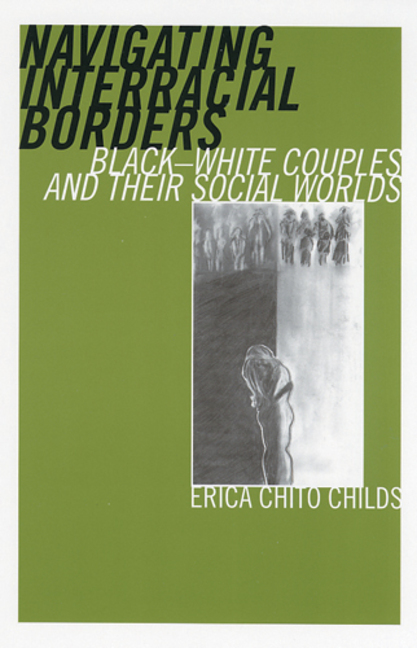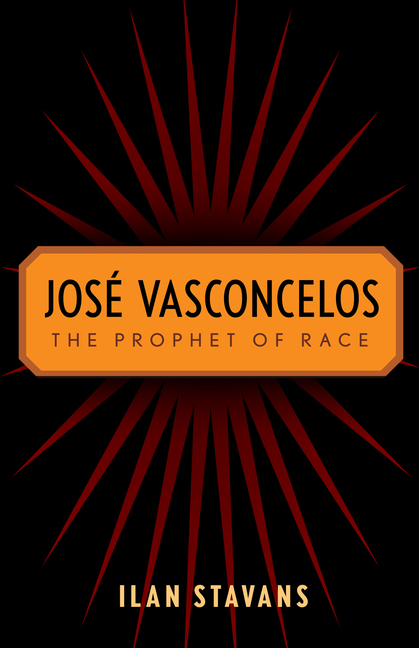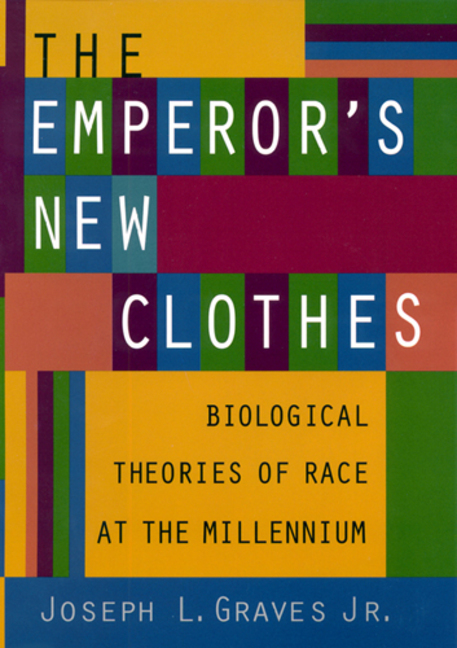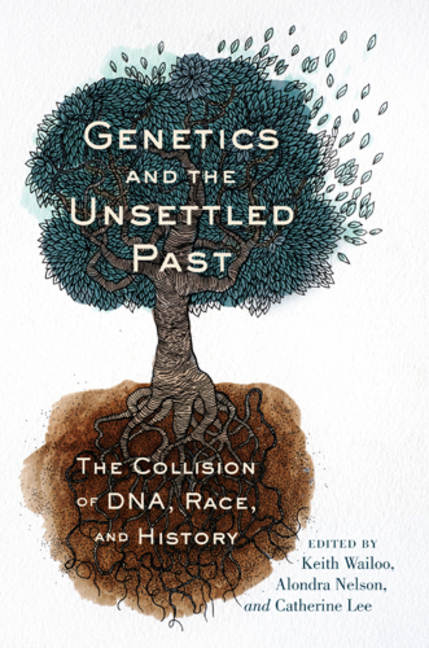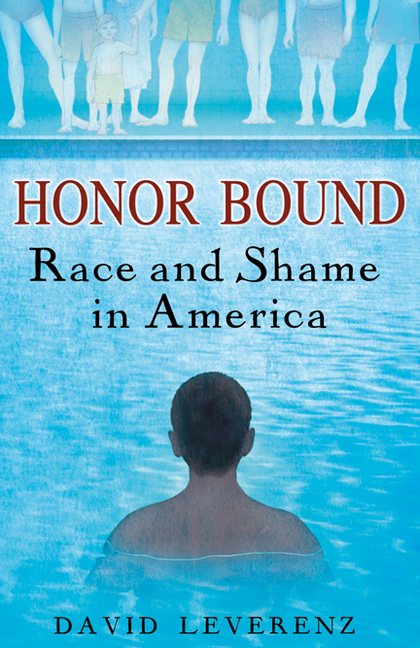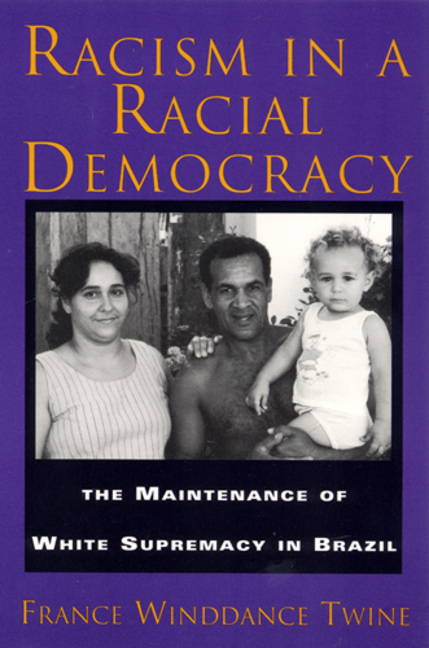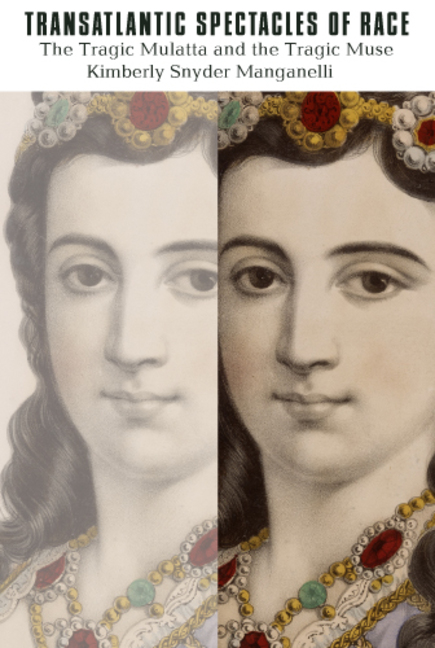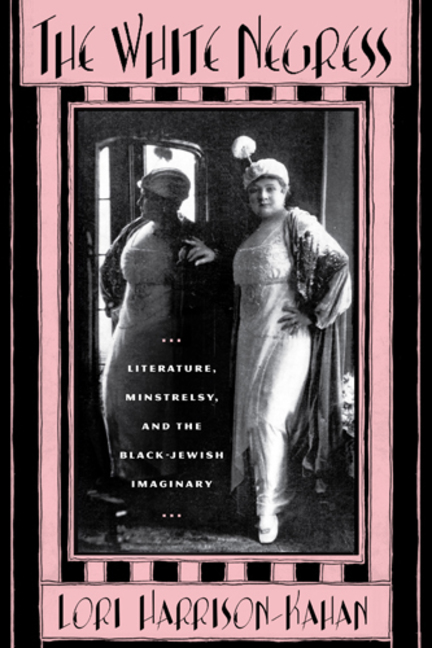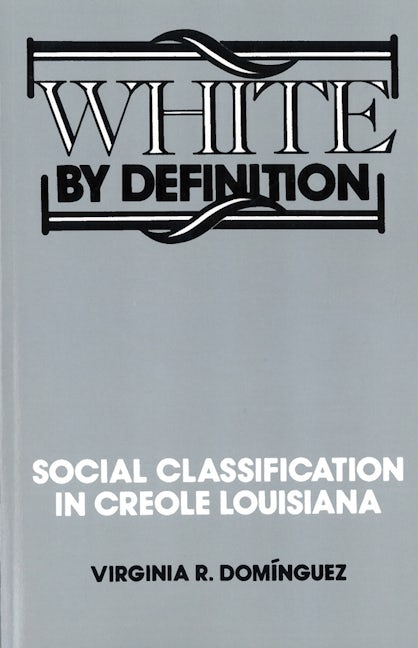Introduction
The tension between individual choice and social norm emerges as something of a false dichotomy, and might better be represented as a continued negotiation by actors of how to interpret the norms. … It allows us to see rules not merely as a set of constraints upon people, but as something that people actively manipulate to express a sense of their own position in the social world.
—Michael Herzfeld in American Ethnologist, 1982
A recent Louisiana case attracted widespread national attention. In the fall of 1982 Susie Phipps, age forty-eight, went to court to have herself declared white. The headline in the International Herald Tribune read: “Woman Challenges a Race Law: Look at Me, I’m White’; Despite Fair Skin, She is Labeled ‘Colored’ under Louisiana Statute Based on Genealogy” (October 5, 1982).’ In the December 3 People magazine, the headline read: “Raised White, a Louisiana Belle Challenges Race Records That Call Her “Colored.”‘ Even in a small North Carolina paper, the Durham Morning Herald, there was the story and the eye-catching headline: “Woman Files Suit, Says She Is White” (September 15, 1982).
The details of Susie Phipps s life arc noteworthy, but so is the form in which the “facts” were presented to the public. In each of the headlines quoted above, the papers hinted that there may be more than one basis for racial identification. The International Herald Tribune juxtaposed physical appearance to genealogy. People magazine found a contradiction in being raised white and being called colored. The Durham paper suggested a lack of agreement between self-identification and identification by others.
Recognition of the inexactitude of race continued in the body of each article. All report the State Bureau of Vital Statistics’ claim that she is legally colored because her great-great-great-great-grandmother was a Negress and a number of other an cestors mulattoes, quadroons, and octoroons. They note, in addition, that the bureau rested its case on a 1970 Louisiana statute that made 1/32 “Negro blood” the dividing line between white and black. To put it in perspective, they informed the public that Louisiana law traditionally held that any trace of Negro ancestry was the basis for legal blackness.
Both People and the Tribune cited in some detail the expert testimony that anthropologist Munro Edmonson presented in court on Mrs. Phipps’s behalf. According to the Tribune, he testified that there is no such thing as a pure race, no way to determine what percentage of Negro blood Mrs. Phipps’s slave ancestor had and, thus, no way to determine what percentage black Susie Phipps is. In addition, the paper claimed Edmonson called the present law “nonsense” in an interview he granted outside the courtroom. According to People, he testified that the genealogy the bureau prepared to support its case was “impressive, [but that] it says nothing at all about Mrs. Phipps’ race.” He is quoted as saying that genes are “shuffled” before birth, making it at least theoretically possible for a child to inherit all his genes from just two grandparents. Then, as if to appeal to the public at large, the magazine went on to summarize parts of Edmonson’s testimony that, it said, might “elicit a barrage of vigorous objections”: that modern genetic studies show that blacks in the United States average 25 percent white genes and that whites average 5 percent black genes, and that by these statistics, using the 1/32 law, the entire native-born population of Louisiana would be considered black!
In the wording of these stories, there was a shade of cynicism or disbelief—insinuations that the concept of race contained in the 1970 statute and employed by the Bureau of Vital Statistics was out of date, unscientific, and yet encoded in the law. There were insinuations that this was an issue resurrected from the plaintiff’s zeal, after all, was matched by the bureau’s perseverance—and this in a country where for about a generation there had been official racial equality under the law. The Tribune reported that her story, ‘a story as old as the country, has elements of anthropology and sociology special to this region, and its message, here in 1982 America, is that it is still far better to be white than black.” It went on to say that the 1970 Louisiana statute in question “is the only one in the country that gives any equation for determining a person’s race.” “Elsewhere,” it continued, “race is simply a matter of what the parents tell the authorities to record on the birth certificate, with no questions asked.” The thrust of the argument was the same in the piece in People magazine: “Birth certificates in most states record race for purposes of identification, census, and public health. Most states, and the U.S. States Census Bureau, now follow a self-identification policy in registering race at birth. In Louisiana, however, a 1970 statute still on the books has snared Susie and thousands of others into racial classifications determined by- fractions. … In Susie’s case, . . . the state contended that other ancestors were mulattoes, quadroons, and octoroons—outmoded/expressions denoting mixed blood (December 3, 1982, pp. 135-136; emphasis added). Months later, the New York Times reiterated the theme when it announced the repeal of the 1970 statute late in June 1983. It quoted the New Orleans state representative who wrote the law that replaces the 1970 statute, saying that the state legislature was moved to act “to reflect modern thinking” (June 26, 1983, sect. E, p. 41; emphasis added).
It is clear throughout the media coverage that the case hinges on competing and coexisting perceptions of the nature of racial identity: the possibility of purity, the arbitrariness of calculations, the nature of reproduction, and the mutability of the criteria of identity. But in and of themselves, thesedisputed points are not novel. After three decades of active struggle for equal civil rights, continued advances in human genetics that make talk of “blood” seem primitive or folklorish, and the publication of both scholarly manuscripts and popular books proclaiming the sociocultural basis of our concepts of race, a localized argument about one woman’s racial identity hardly seems newsworthy.
The twist, so to speak, in this case is not racial identity per se, but rather the role of law. Louisiana was singled out by the press because it had a statute with an “operative equation for the determination of race” (New York Times. June 26, 1983, sect. E, p. 41), not because it is the only state in which there are varied, often competing bases for racial identification. The issue became one of constitutionality. Did the 1970 statute infringe on the rights granted citizens by the United States Constitution? Is one of those rights the freedom to choose what one is?
The appealing question is also a nagging one. There is, to begin with, the semblance of a contradiction. To speak of “what one is” is to imply that some identities are fixed, given, unalterable. A change of phrasing makes this clearer. “Freedom to choose what one wants to be” would contain an implicit denial of the fixedness of identity in that it suggests that it might be possible to realize one’s wishes. “Freedom to choose what one is becoming” would convey a similar message. In this case, will and desire seem irrelevant, and extra-individual forces are patently evident in the very phrase “is becoming’; but the words openly assert a process of becoming. The activity would be continuous rather than completed. In both of these alternative forms, there is room for individual choice and action and, thus, room for conceptualizing freedom to choose one’s identity. But how, after all, can we possibly conceive of freedom of choice if we take identities as givens^ And if there is really no choice, how are we to interpret the legal granting of “choice”?
The United States Supreme Court has taken a pragmatic approach to this question in recent years. In 1944 (Korematsu v. United States. 323 U.S. 214)” and again in 1954 (Boiling v. Sharps. 347 U.S. 497), the Court argued that racial classifications must be subject to strict judicial scrutiny because they deny equal protection of the law under the Fourteenth Amendment. And in 1964 (McLaughlin v. Florida. 379 U.S. 184; Anderson v. Martin, 375 U.S. 399), it held that racial classification is “constitutionally suspect.” But in several more recent cases (cf. Shapiro v. Thompson, 394 U.S. 618 [1969]; Sherbert v. Verner, 374 U.S. 398 [ 1963]; Bates v. The Cityof Little Rock, 361 U.S. 516 [ i960]), the Court has sustained statutes that define racial categories when it has deemed such statutes necessary for the purpose of realizing compelling and constitutionally acceptable state interests (cf. Davis 1976: 199-200).
Clearly the civil rights movement of the 1960s increased sensitivity to the existence of prejudice and led to the identification of invidious discrimination. But the issue then was the granting of rights to blacks, not the granting of the right to be white or black. The former had compelling state interest but carried ironic implications. Protecting the rights of blacks required the maintenance of a system for distinguishing blacks from whites, even though the system had come into existence for the purpose of disenfranchising those identified as black.
To redress a legal injustice, then, the Court permits racial classification by institutions. The question is whether the Courts pragmatic concern of protecting the rights of a sector of the population that has historically been subjected to systematic discrimination infringes on the rights of individuals to opt not to be racially classified and to identify themselves racially according to their own criteria of classification…
